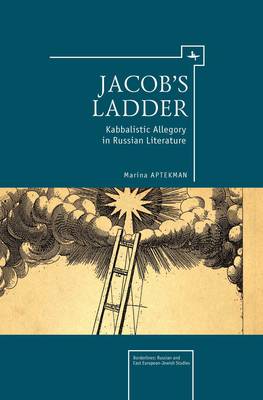
- Afhalen na 1 uur in een winkel met voorraad
- Gratis thuislevering in België vanaf € 30
- Ruim aanbod met 7 miljoen producten
- Afhalen na 1 uur in een winkel met voorraad
- Gratis thuislevering in België vanaf € 30
- Ruim aanbod met 7 miljoen producten
Zoeken
€ 191,95
+ 383 punten
Uitvoering
Omschrijving
Focusing primarily on the close study of literary works presented in the broad cultural and historical context, Jacob's Ladder discusses the reflection of kabbalistic allegory in Russian literature and provides a detailed analysis of the evolution of the perception of Kabbalah in Russian consciousness. Aptekman investigates the questions of when, how and why Kabbalah has been used in Russian literary texts from Pre-Romanticism to Modernism and what particular role it played in the larger context of the Russian literary tradition. The correct understanding of this liaison helps the reader to clarify many enigmatic images in Russian literary works of the last two centuries and to understand the roots of a particular cultural falsification that played an important role in the anti-Semitic mythology of the twentieth century.
Specificaties
Betrokkenen
- Auteur(s):
- Uitgeverij:
Inhoud
- Aantal bladzijden:
- 250
- Taal:
- Engels
- Reeks:
Eigenschappen
- Productcode (EAN):
- 9781934843383
- Verschijningsdatum:
- 1/06/2011
- Uitvoering:
- Hardcover
- Formaat:
- Genaaid
- Afmetingen:
- 156 mm x 234 mm
- Gewicht:
- 530 g

Alleen bij Standaard Boekhandel
+ 383 punten op je klantenkaart van Standaard Boekhandel
Beoordelingen
We publiceren alleen reviews die voldoen aan de voorwaarden voor reviews. Bekijk onze voorwaarden voor reviews.











